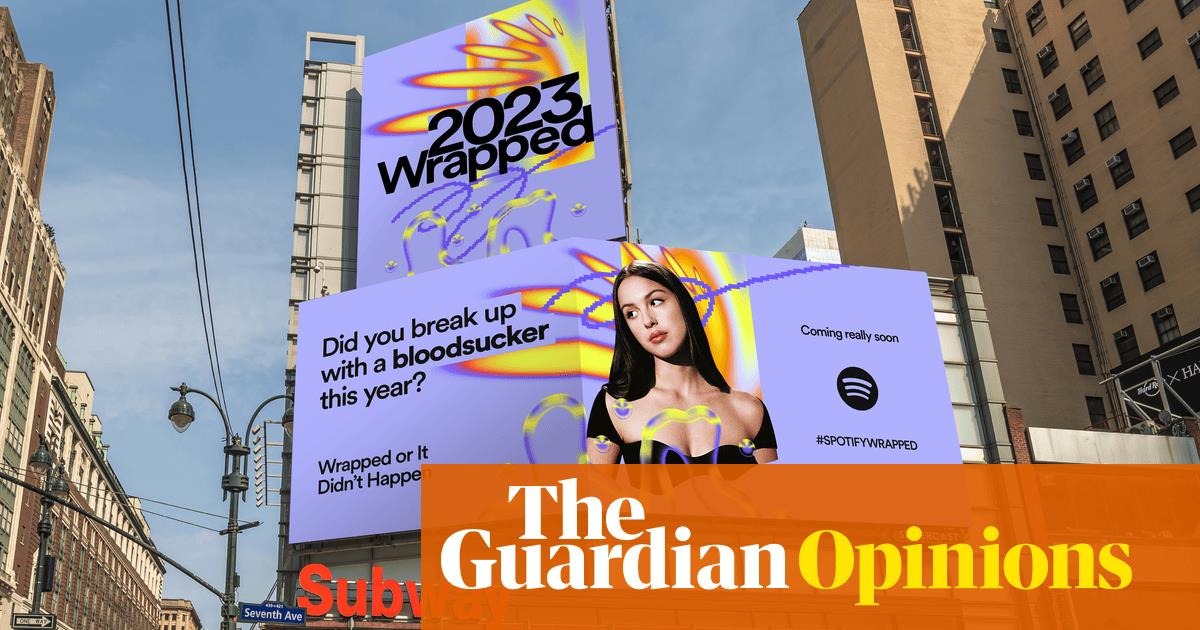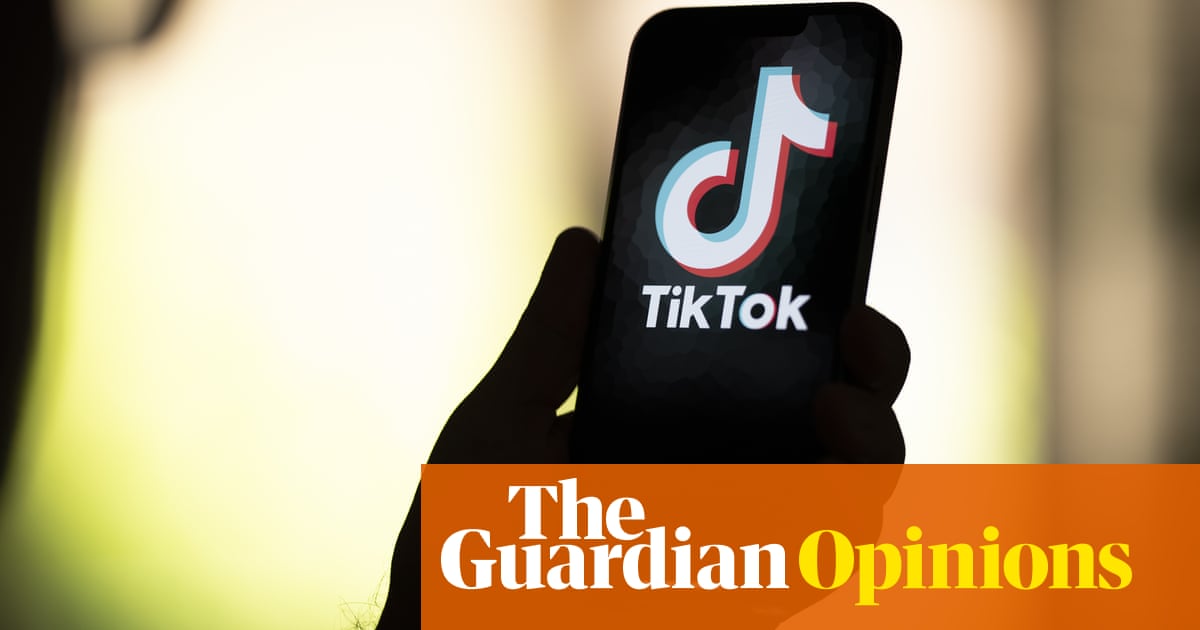
As a marketing exercise, it’s hard not to be hugely impressed by Spotify Wrapped. In less than a decade, the streaming giant has somehow managed to turn what’s essentially a bit of automated data-scraping into a global event. It’s a triumphant exercise in underlining the platform’s dominance in its field – this year, it arrives with the slogan Wrapped Or It Didn’t Happen, as if music consumed via Spotify is the only music that matters – and indeed in getting free advertising by encouraging users to share on social media Spotify’s personalised and heavily branded lists of most-streamed artists and listening trends. This year, the arrival of Spotify Wrapped results was heralded by a huge billboard advertising campaign, brand partnerships ranging from Amazon to FC Barcelona, a London launch gig that stars Sam Smith, Charli XCX and Chase and Status and the launch of the “Spotify Island experience” on wildly popular online game platform Roblox. It has provoked features everywhere from Teen Vogue to the New York Times, from Variety to this very newspaper. The latter’s report was enlivened by quotes from a Spotify employee, who compared Wrapped both to “election night” and the arrival of Santa Claus on Christmas Eve.
Said employee was presumably speaking from their desk in Spotify’s legendary Department of Laying It on a Bit Thick, but empirical evidence suggests that Wrapped has become a surprisingly big deal. This week, my teenage daughters eagerly checked their results against each others’ and those of their friends. The results are more elaborately presented than ever: they now come with a “character archetype” based on the way you use the streaming platform – fans of “light upbeat music” are Luminaries, those reliant on algorithms to pick the next track are Roboticists and so on – and an add-on that tells you where in the world you’re most likely to find people with similar music tastes to you. But my kids appeared less interested in the way their ostensibly “favourite” artists were ranked than in the amount of time they’d spent listening and the number of songs they had listened to. In a world where streaming is the main means by which music is consumed these figures appear to act as a badge of honour, “proof” of how into music you are, a 2020s equivalent of walking around school with an album you were either borrowing or lending tucked under your arm to signify the seriousness of your commitment to prog or punk or metal or soul.
There’s something faintly creepy lurking behind Spotify Wrapped’s rainbow-hued graphics. At heart, its message is that something, somewhere is effectively spying on you, carefully taking note of everything you listen to and when – and it’s also a reminder of how many other companies are doing the same without actually presenting their findings back to you.
The efficacy of the data involved in actually discerning your favourite music is also questionable. It obviously favours anything released earlier in the year than later, simply because you’ve had more opportunity to listen to it. Moreover, I can tell you for a fact that the figures can be inadvertently massaged. The artist Spotify Wrapped claims is my most listened-to in 2023 is someone I’ve barely given a thought to this year (and I will therefore respectfully veil): their place at the top of the pile tells you nothing about my regular listening habits and everything about the night I came back from a convivial evening at the pub, was gripped with a sudden, beer-fuelled desire to hear a track I hadn’t played in years, then immediately fell asleep with my headphones on, thus obliviously “listening” to it over and over again for eight hours.
Those kind of mishaps aside, you might even query the point of the whole exercise. Why on earth do you need to be told who your most listened-to artists of the year are? You’d presumably know already, on account of the fact that you’ve been listening to them a lot. That the results can feel bafflingly wrong speaks to the semi-detached engagement with music engendered by Spotify’s all-you-can-eat smorgasbord approach. Presented with so much, you’re inclined to nibble a bit of this, and then a bit of that: you’re less inclined to listen to full albums, or even tracks all the way through. Overwhelmed by choice you might fall back on on stuff you already know, or throw yourself on the mercy of of curated, tightly genre-specific playlists designed to unspool unobtrusively in the background and by algorithms that throw up things that sound like stuff you’ve already heard – none of it really reflecting your true musical loves. It’s hard to argue with the news that the most-streamed artist of 2023 is Taylor Swift – well, of course it is, she’s been omnipresent all year – but perhaps Spotify Wrapped’s very existence tells you rather less about music itself than streaming’s effect on it.












